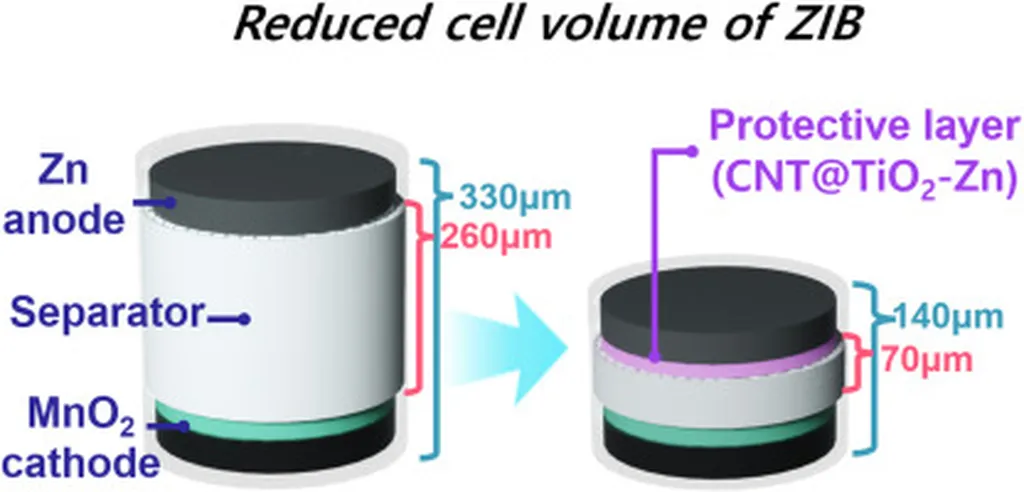In a groundbreaking study that could reshape how we understand and utilize pure zinc in the energy sector, researchers have uncovered the intricate relationship between grain orientation and localized corrosion behavior. The study, led by Xueliang Lin from the State Key Laboratory of Featured Metal Materials and Life-cycle Safety for Composite Structures at Guangxi University, sheds light on how the microscopic structure of zinc can significantly impact its corrosion resistance.
Using a sophisticated combination of Scanning Electrochemical Microscopy (SECM), Electron Backscatter Diffraction (EBSD), and Atomic Force Microscopy (AFM), Lin and his team systematically analyzed the corrosion behavior of pure zinc. Their findings, published in the journal ‘Corrosion Communications’ (which translates to ‘Rust Communication’ in English), reveal that zinc grains with a <0001>//ND orientation exhibit the lowest corrosion rate compared to those with <011¯0>//ND and <1¯21¯0>//ND orientations.
“This discovery is pivotal because it provides a deeper understanding of how the microscopic structure of zinc can influence its macroscopic performance,” Lin explained. “By identifying the grain orientations that are more resistant to corrosion, we can potentially develop more durable and efficient materials for various applications, particularly in the energy sector.”
The study also found that the corrosion morphology of <0001>//ND orientation grains appears as hexagonal corrosion pits, while the morphology of <011¯0>//ND and <1¯21¯0>//ND orientation grains shows striated structures. This insight into the corrosion morphology and rate of zinc grains depending on orientation could have significant commercial implications.
For instance, in the energy sector, zinc is widely used in batteries, coatings, and other applications where corrosion resistance is crucial. By tailoring the grain orientation of zinc materials, manufacturers could enhance their durability and performance, leading to more efficient and long-lasting energy solutions.
“The potential applications of this research are vast,” Lin added. “From improving the lifespan of batteries to enhancing the corrosion resistance of coatings, this study opens up new avenues for innovation in the energy sector and beyond.”
As the energy sector continues to evolve, the demand for materials that can withstand harsh environments and prolonged use is more critical than ever. This research not only advances our scientific understanding of zinc but also paves the way for practical applications that could revolutionize the industry.
In the words of Lin, “This is just the beginning. The insights gained from this study will guide future research and development, ultimately leading to more robust and efficient materials for a sustainable energy future.”

